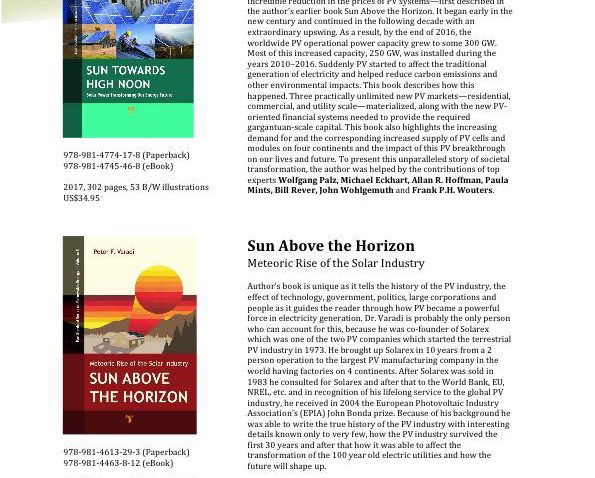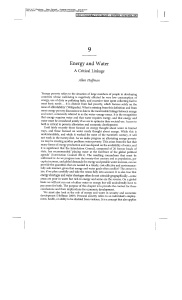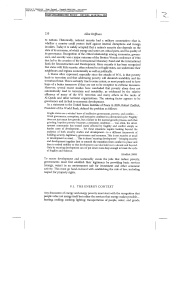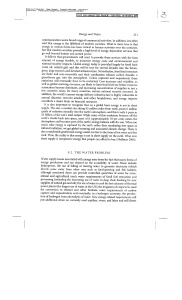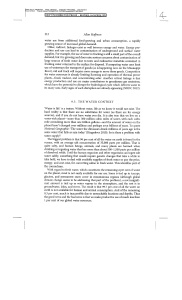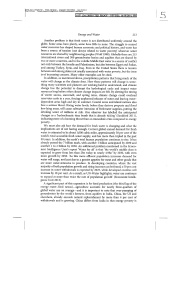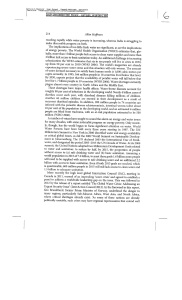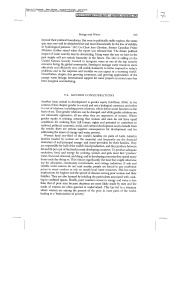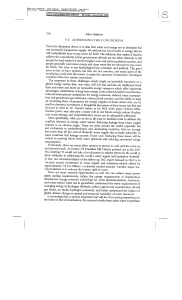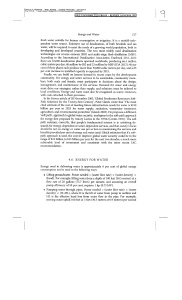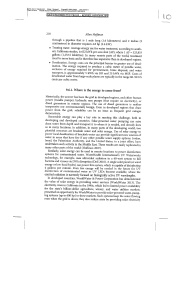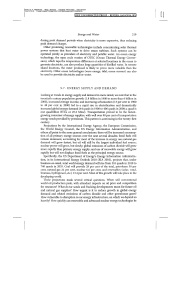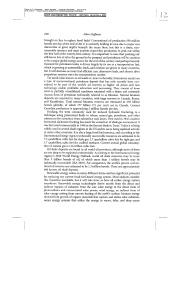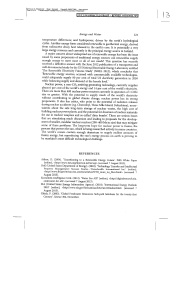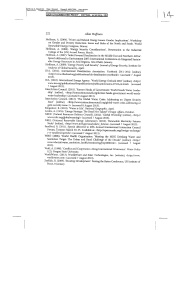A topic that is receiving increasing interest of late is the possibility of adding electrical energy storage to a home solar power system. This latest tweak on use of solar energy for powering homes and businesses was stimulated by Elon Musk’s recent announcement that Tesla, his electric vehicle automobile company, will be marketing 7 kWh and 10 kWh Li-ion battery Powerwall storage units at lower-than-anticipated costs ($429/kWh and $350/kWh, respectively) in the near future.
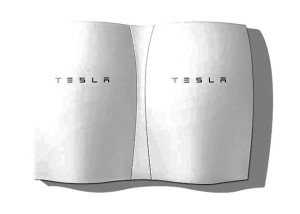
Shortly thereafter, Daimler, another automobile manufacturer (Mercedes Benz), announced that they would be doing the same come this September, and the Australian utility AGL Energy announced that they will be offering 7.2 kWh systems at under $10,000 each. These announcements opened the analytic floodgates and numerous articles have appeared since on the costs-benefits of adding storage to solar systems.
The general consensus seems to be that adding storage systems to solar systems on individual homes today is still a bit dicey – payback times at current prices can be a decade or longer (see chart below for Victoria, Australia) – but that large scale use by utilities can offer significant operational and cost advantages. Of course payback depends on the size of the storage system, storage costs now and in the future, size and cost of the associated solar PV array, the structure of electricity tariffs and incentives, the regulatory environment, and the size of the solar resource.
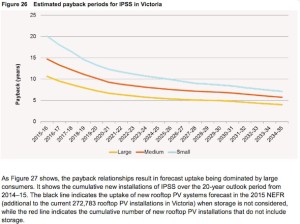
This blog post was stimulated by a sense that, with recent progress, things solar are getting complicated, and a specific question from a colleague who asked if it made economic sense to add storage to a home PV system. In my desire to get a better handle on this question I’ve read quite a bit of the available literature but still wanted to do some simple calculations for myself to feel comfortable with the more detailed answers now becoming available. I hope this simplified approach helps others as well as myself understand the pros and cons of this transformative change in our energy system.
After thinking briefly about how to do this ‘back-of-the-envelope’ calcution I thought it best to start with an even more basic question: Does it even make economic sense to put a solar array on my roof? While the cost of PV systems has decreased dramatically in recent years, mostly due to economies of scale in manufacturing, electricity costs in the U.S. are still pretty low compared to prices in much of the rest of the world, and cost-sensitive consumers may be skeptical of the solar economics. Of course there are other reasons for going solar even if the kWh costs are more than utilities are currently charging. These include a desire for backup daytime power during power outages, which stimulated significant demand for solar in California when the state experienced brownouts/blackouts in the 1990s. Storage obviously helps here as well.
Other reasons are cost if one is far off the grid (power line extensions are expensive), a desire to get fully off the grid, a hedge against future increases in the costs of utility power, or to reduce one’s environmental impact by reducing demand for fossil fuel generated electricity. In the case of utilities solar may be part of a program to meet mandated environmental constraints and renewable portfolio standards (e.g., 20% renewables by 2020), while recognizing that solar may reduce cost uncertainties associated with dependence on often volatile fossil fuels and provide other ancillary benefits for grid control and stability.
For purposes of calculation I will make the following assumptions:
– solar insolation numbers for the U.S. will be derived from maps produced by the National Renewable Energy Laboratory (NREL). For my home in Virginia I will use an average insolation of 4 kWh per square meter per day and a solar-to-electricity conversion efficiency of 20%.
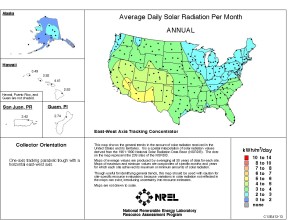
– the solar array will consist of fourteen 250 peak watt panels, for an array total of 3.5 kW peak. Each panel will have a surface area of 1.65 square meters. (Note: these numbers are taken from vendor offers on the web). Installed cost will be $3.50 per peak watt.
– total daily consumption is 30 kWh (10,950 kWh per year)
– average electricity costs are 12 cents per kWh
– no incentives from federal or state governments (note: these can make a difference in required investment and can be easily included in these calculations)
– a 10 kWh storage unit will be installed at a total cost of $5,000
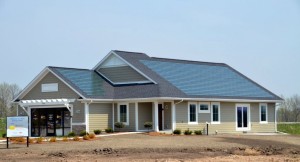
(Note: the reader can use his/her own assumptions in redoing these transparent calculations.)
At 10,950 kWh annual consumption at an average cost of $0.12/kWh, the annual electricity bill, pre-solar, is $1,314. Total solar panel area is (14)x(1.65) = 23.1 square meters. At an average insolation value of 4 kWh per square meter per day the 14 panels intercept (4)x(23.1) = 92.4 kWh per day or 33,726 kWh per year. At a PV panel conversion efficiency of 20% this creates 6,745 kWh of electricity that offsets (6,745)/(10,950) = 62% of the demand from the utility. The resultant annual cost saving is (0.62)x($1,314) = $815. This is to be compared to the installation cost of
(3.5 kW)x($3.50 per watt) = $12,250. Thus, a simple payback period would be (12,250)/(815) = 15.0 years. With federal and state incentives that offset 30% of the installation cost the simple payback period would be reduced to 10.5 years. Since solar panel performance is now routinely guaranteed for 25 years, there would be many years of reduced energy bills after the payback period.
The problem for many people who wish to install solar on their roofs is the required upfront investment. Several solutions that reduce the upfront cost to zero or near zero have been proposed to address this barrier – e.g., leasing of the panels (often with the option to buy) from a vendor who installs the panels on your house, power purchase agreements (PPAs) where you agree to purchase the electricity produced by the panels at a set price for a set number of years, solar loans, and even putting the initial cost of installation into one’s property taxes and paying off the amount over many years as you pay your taxes. See, e.g., “Your financing options for your solar panel system: solar loans, solar leases and PPAs” at www.energysage.com/solar/financing/your-financing-options. Often these options provide electricity at costs lower than utility-provided power. Attractive financing options are the new holy grail in solar now that we have more experience with solar and panel costs have come way down.
Now let’s do a calculation that looks at the economic viability of installing a storage unit in a house with solar panels. Again, one must be clear about the reasons for adding storage – is it anticipated cost savings, backup power during grid outages, or the necessity of storage if one wishes to disconnect from the grid? With a large enough solar array and storage system an off-grid house can supply all its electrical energy needs day and night, but at a cost. This cost arises from the requirement of a larger solar array to power both the house during the day and generate enough spare electricity during the day to charge the storage unit and meet night-time needs. It also involves the cost of a storage unit, which at 7 or 10 kWh should be enough to meet most people’s night-time needs. This latter case (let’s assume a 20-panel array (5 kW peak) and the Tesla 10 kWh Powerwall) leads to an upfront cost of (5 kW)x($3.50/watt) + $5,000 = $22,500. (Note: financing options such as those for solar arrays are not routinely available yet for Li-ion battery storage units that are just beginning to hit the market. However, one can reasonably expect that they will become available in the not-so-distant future. The Australian Renewable Energy Agency (arena.gov.au) has just released a report which predicts a 40-60 per cent price plunge for certain battery technologies by 2020.)
Total available energy would be (33 square meters)x(5 kWh/day per square meter)x(20%) = 33 kWh per day. This should be adequate for most days of the year, including fully charging the storage unit, except for unusual extended periods of little sunlight. To cover that possibility a backup generator may be required.
Let’s compare this off grid situation cost-wise with our earlier solar panel example where 62% of annual electricity consumption was offset by solar generation, leading to an annual utility electricity bill of (38%)x($1,314) = $499, or $41.6 per month. This would increase to $45.8 per month if the size of the solar array was increased to provide 33 kWh per day.
Another number we might consider is the monthly cost if tariffs were higher, as they are in some parts of the U.S and many other parts of the world. For example, at a utility rate of $0.20 per KWh monthly electricity costs for the 3.5 kW system case would be $69.3 per month and $86.7 at $0.25 per KWh.
If one were to borrow the $5,000 cost of the storage unit as
a 30-year loan at 4% interest, a common situation in the U.S. today, the extra monthly payment would be $23.9.
Given these numbers, what might one conclude? Today, on a pure cost-saving basis it will take several years to recover the cost of a solar system, and even a bit longer for a system with storage. However, going the solar-only or solar + storage routes bring other benefits – the possibility of lower monthly electricity costs, protection against power outages and fossil fuel or nuclear power cost increases, reduced environmental impact by reducing demand on traditional fossil fuel-powered utility generators, and the possibility of leaving the grid, partially or fully. I also want to emphasize that these calculations will look quite different in future years as traditional power costs increase, costs of PV and storage systems decrease, financing options become more readily available and attractive, and people have more experience with solar and storage. In my opinion this trend toward solar is already happening and is inevitable, as is global movement toward an energy system based largely on renewable energy.
I know that these simple calculations have helped me get a clearer view of solar economics. I hope they do the same for others and provide some clarity about the key role solar energy and storage will play in the electricity supply of the future.
More sophisticated model results are available on the web.

